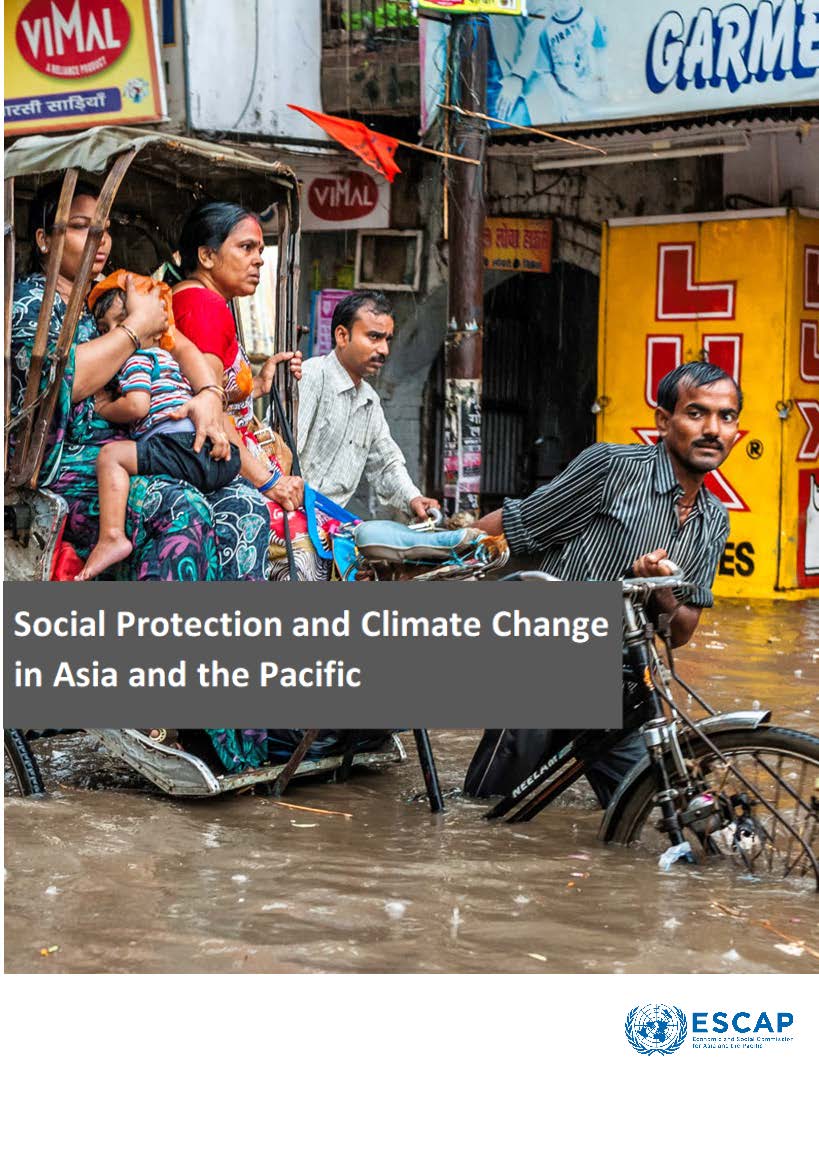Towards universal social protection
01 July 2022
• Acknowledgements
• Acronyms
• Section 1 Introduction
• Section 2 A brief trajectory of universality
• Section 3 The importance of universal coverage
• Section 4 What key contingencies should be covered?
• Section 5 Defining universal social protection
• Section 6 How can governments achieve universal coverage for specific lifecycle contingencies?
• Section 7 How can universal social protection be progressively realized?
• Section 8 Universality and the social contract
• Section 9 Conclusion
• References
• Annex 1 Organizational definitions of universal social protection
• Annex 2 International human rights instruments and social protection
Universality, or the achievement of universal social protection, has been endorsed by the
international community and in the region as a key objective of social protection. Solidarity
and trust in public systems, including through universal social protection, will underpin the
advancement of the 2030 Agenda for Sustainable Development. However, understanding
often remains unclear around what universality entails in terms of systems, schemes,
combinations of non-contributory and contributory benefits, and eligibility.
This paper aims to build understanding of the underlying concepts around universality
through first providing a brief trajectory of universality in section 2, before exploring why
universal coverage must be achieved in section 3. In section 4 the paper looks at the key
lifecycle and labour market contingencies that should be covered while section 5 provides a
simplified definition of universality. Section 6 then explores ways forward to achieve
universality through a single scheme or multiple schemes. Section 7 provides options to move
toward progressively achieving universal coverage within contexts of limited fiscal space.
Finally, section 8 discusses the important linkages between universality and the social
contract.









